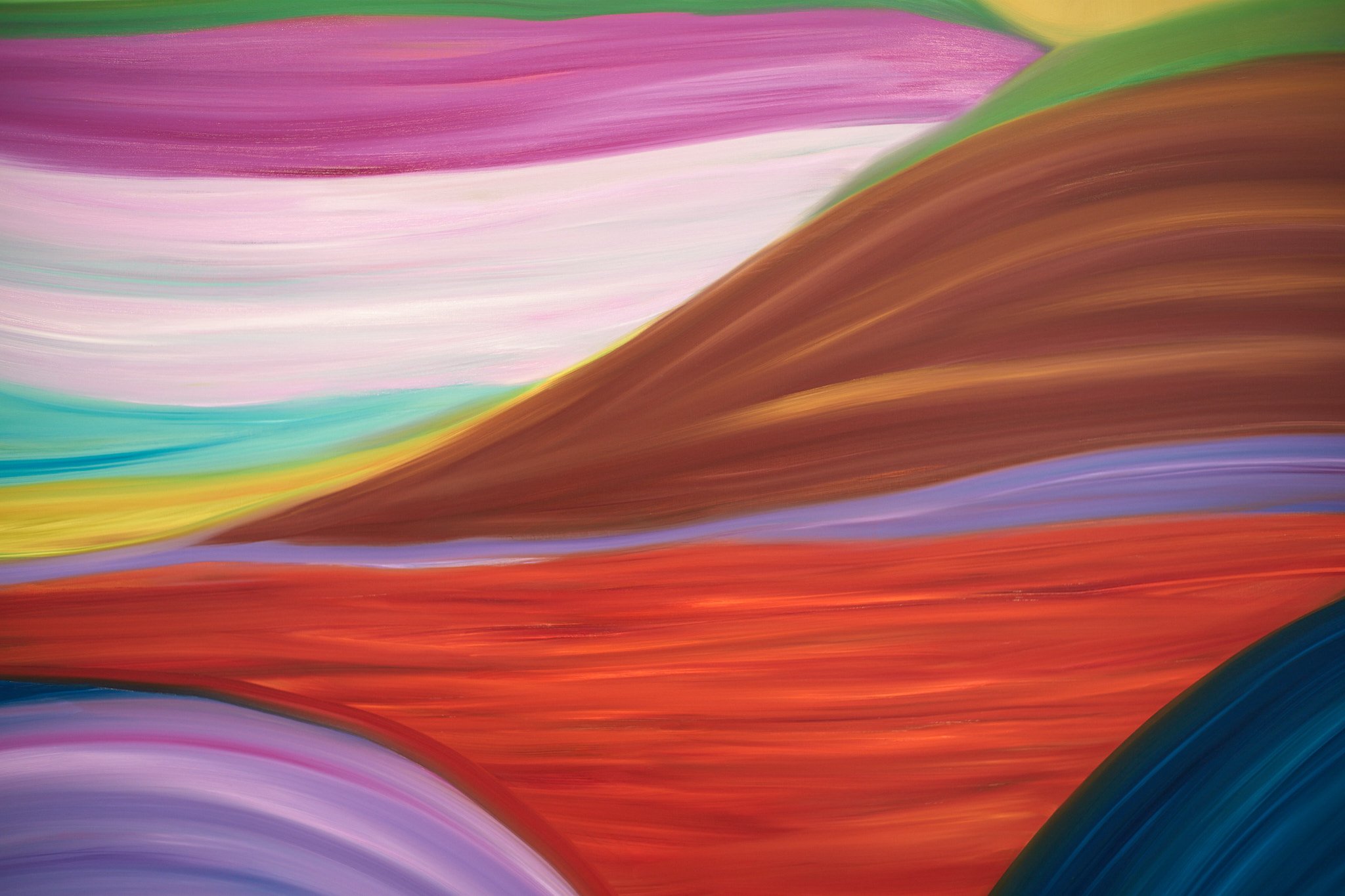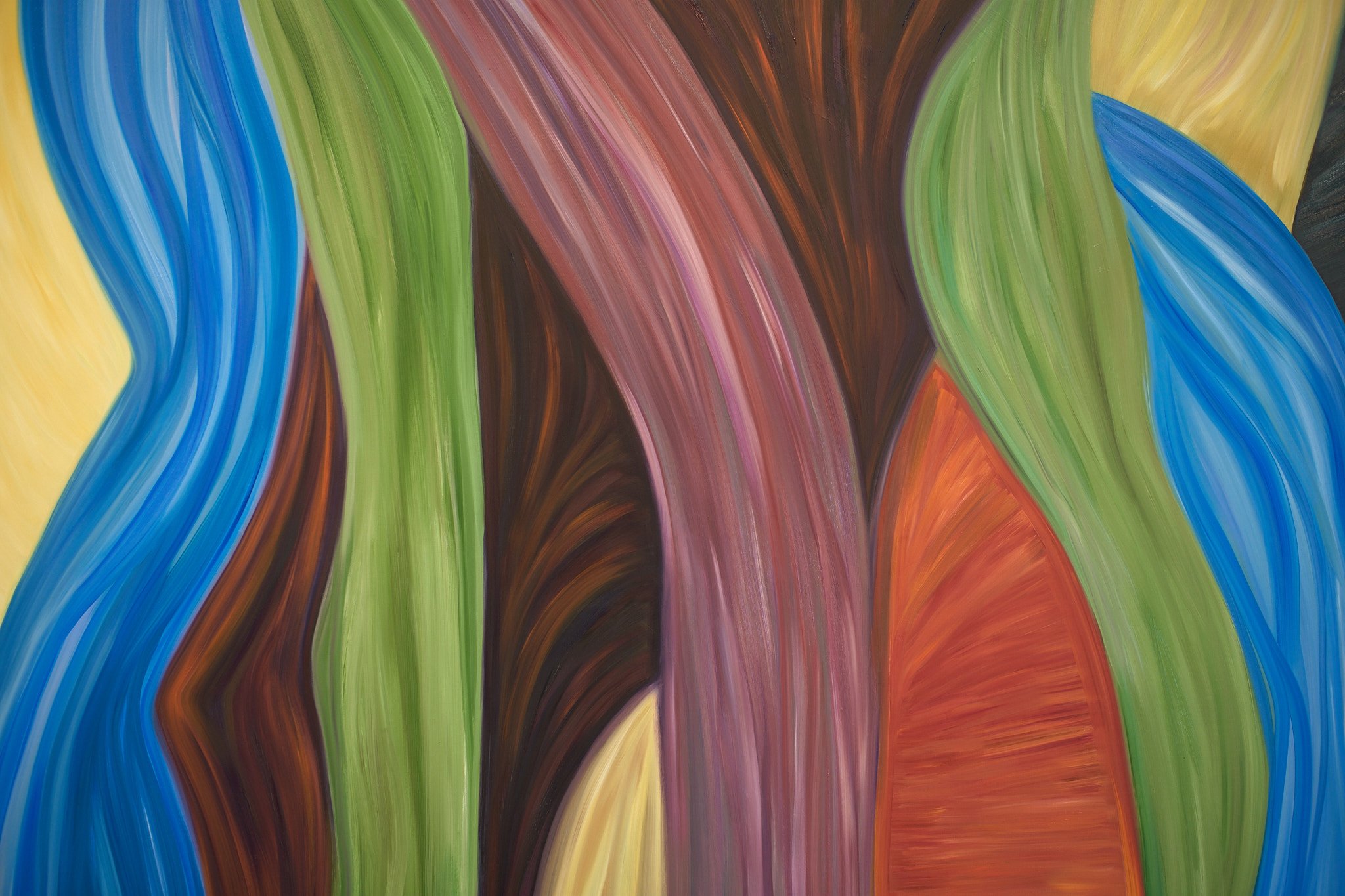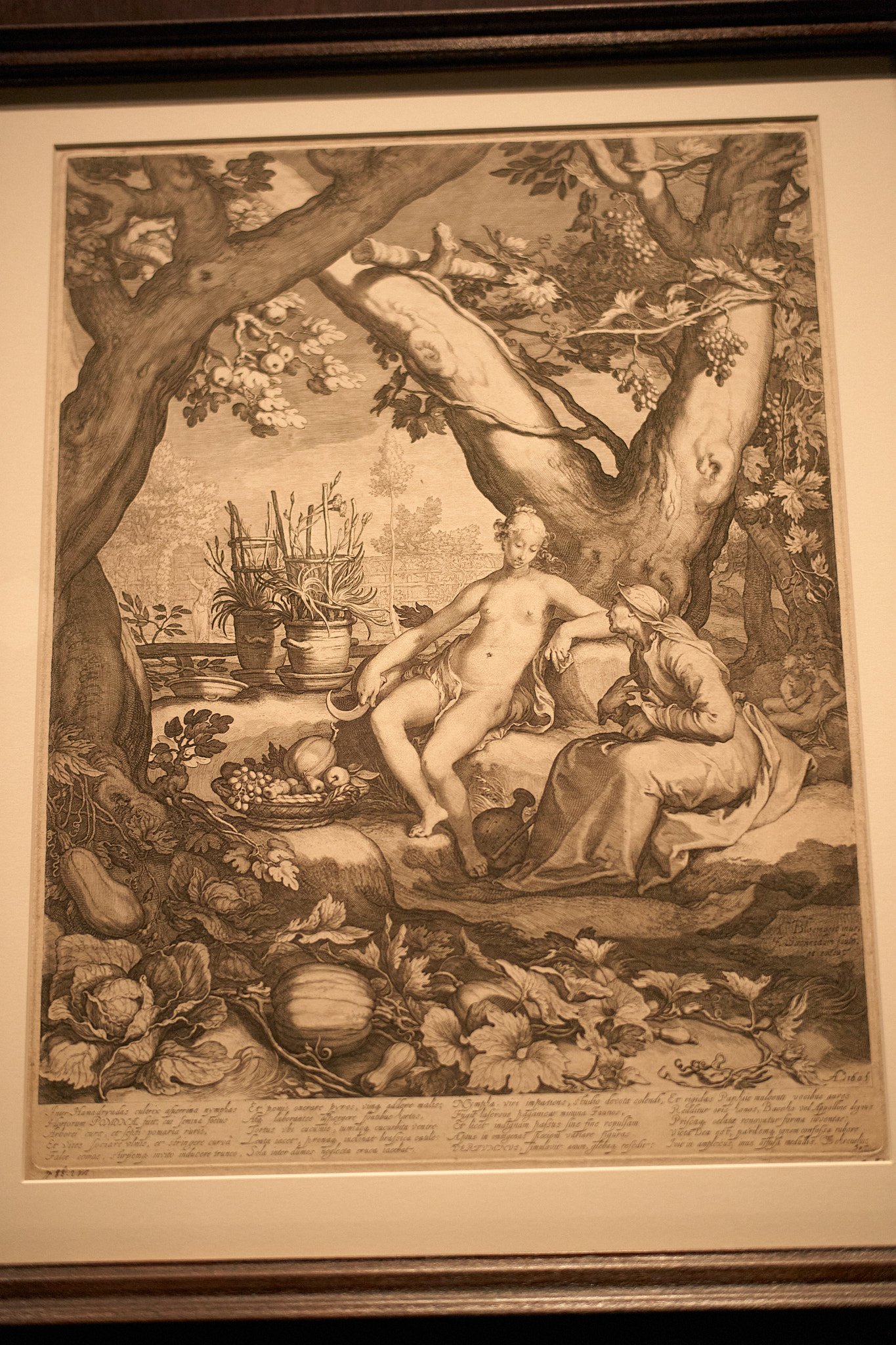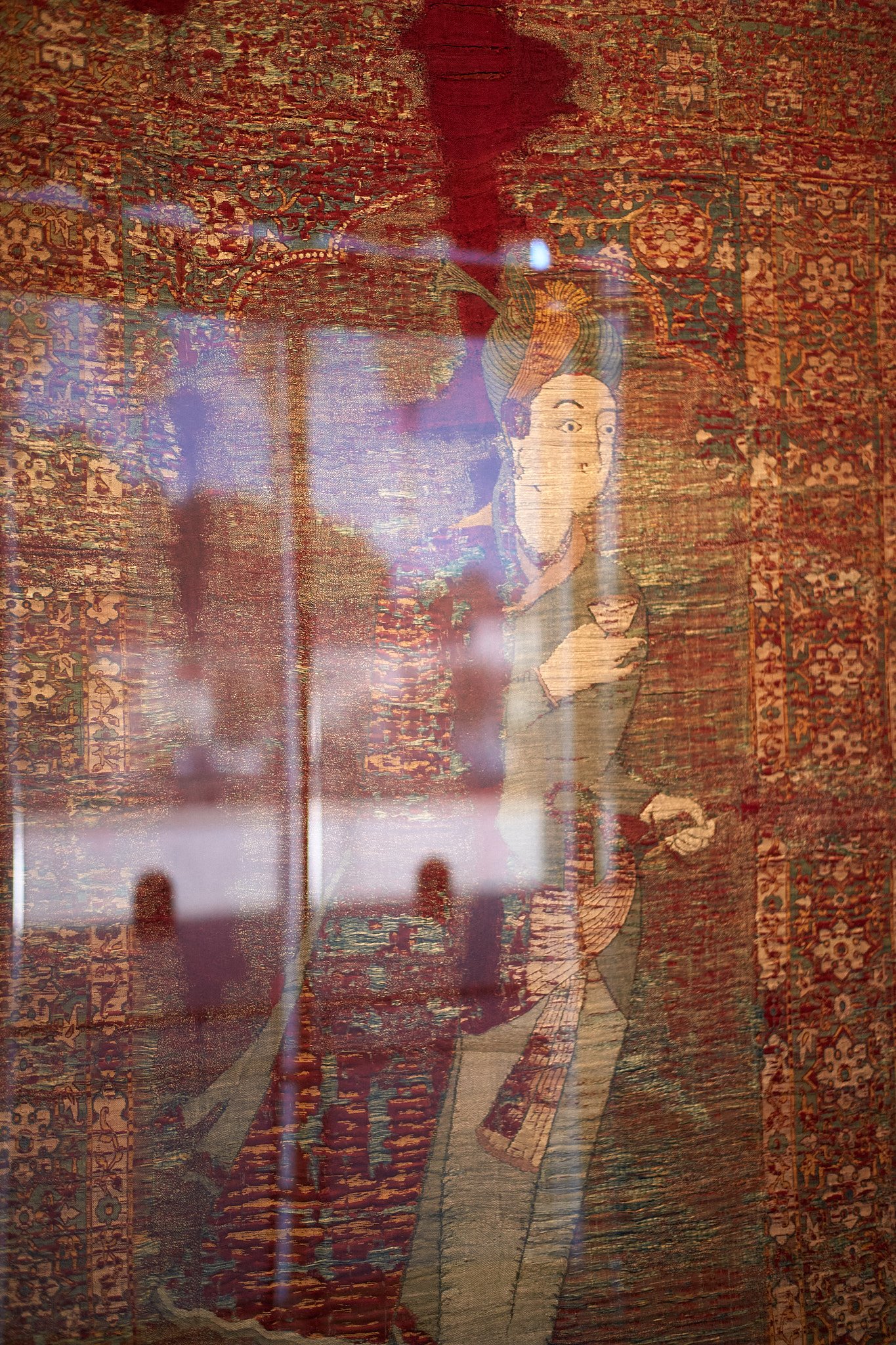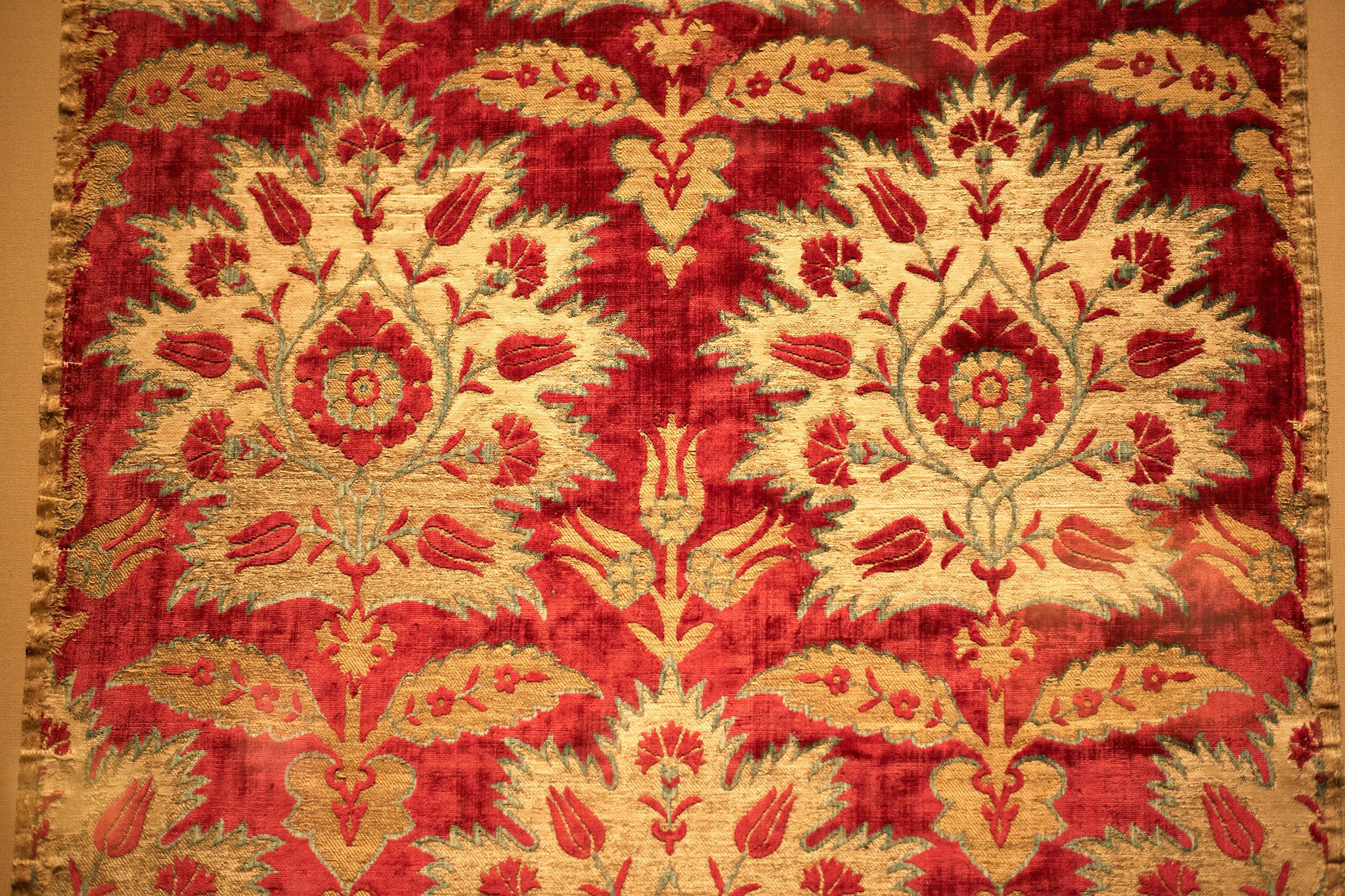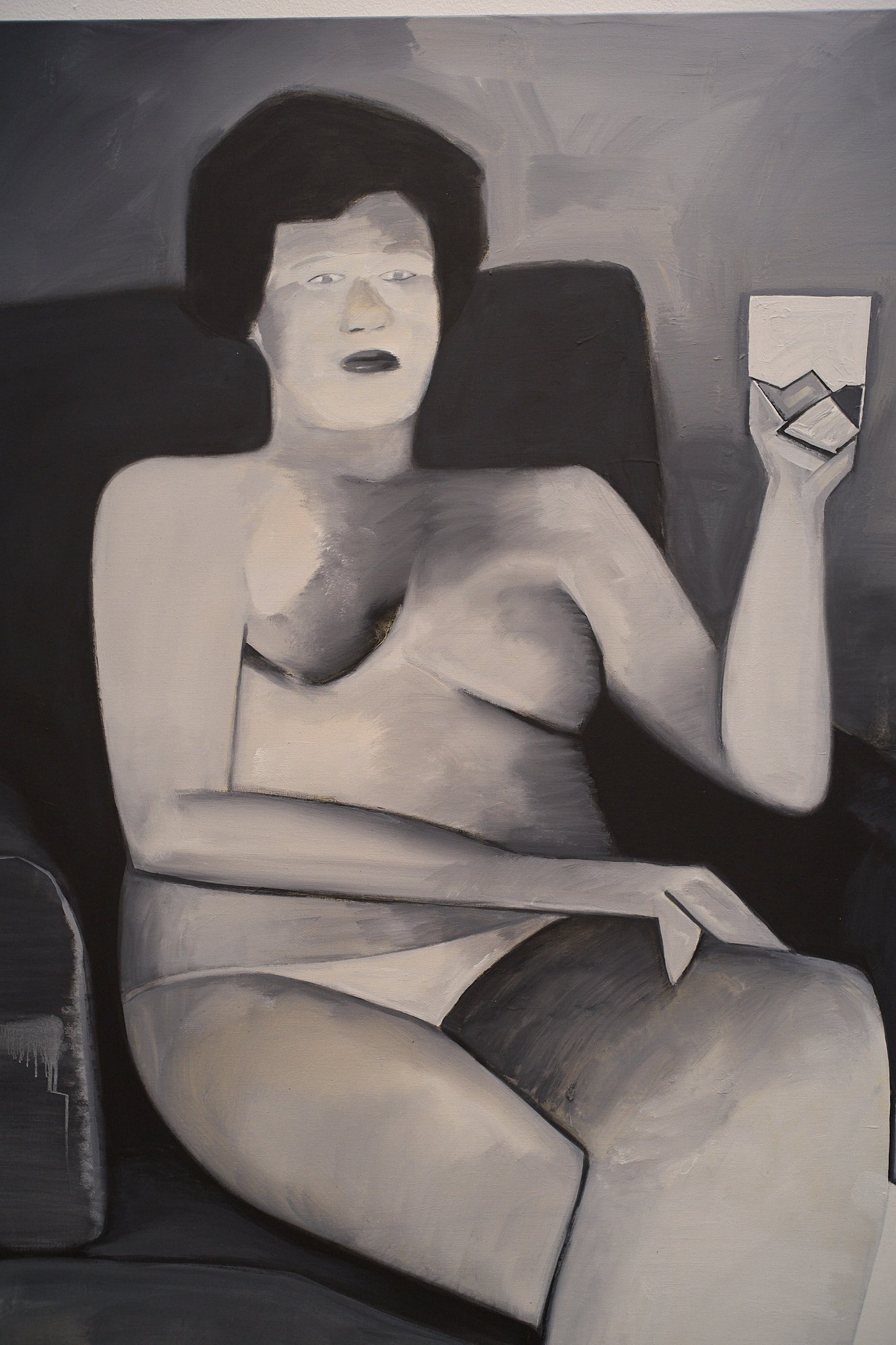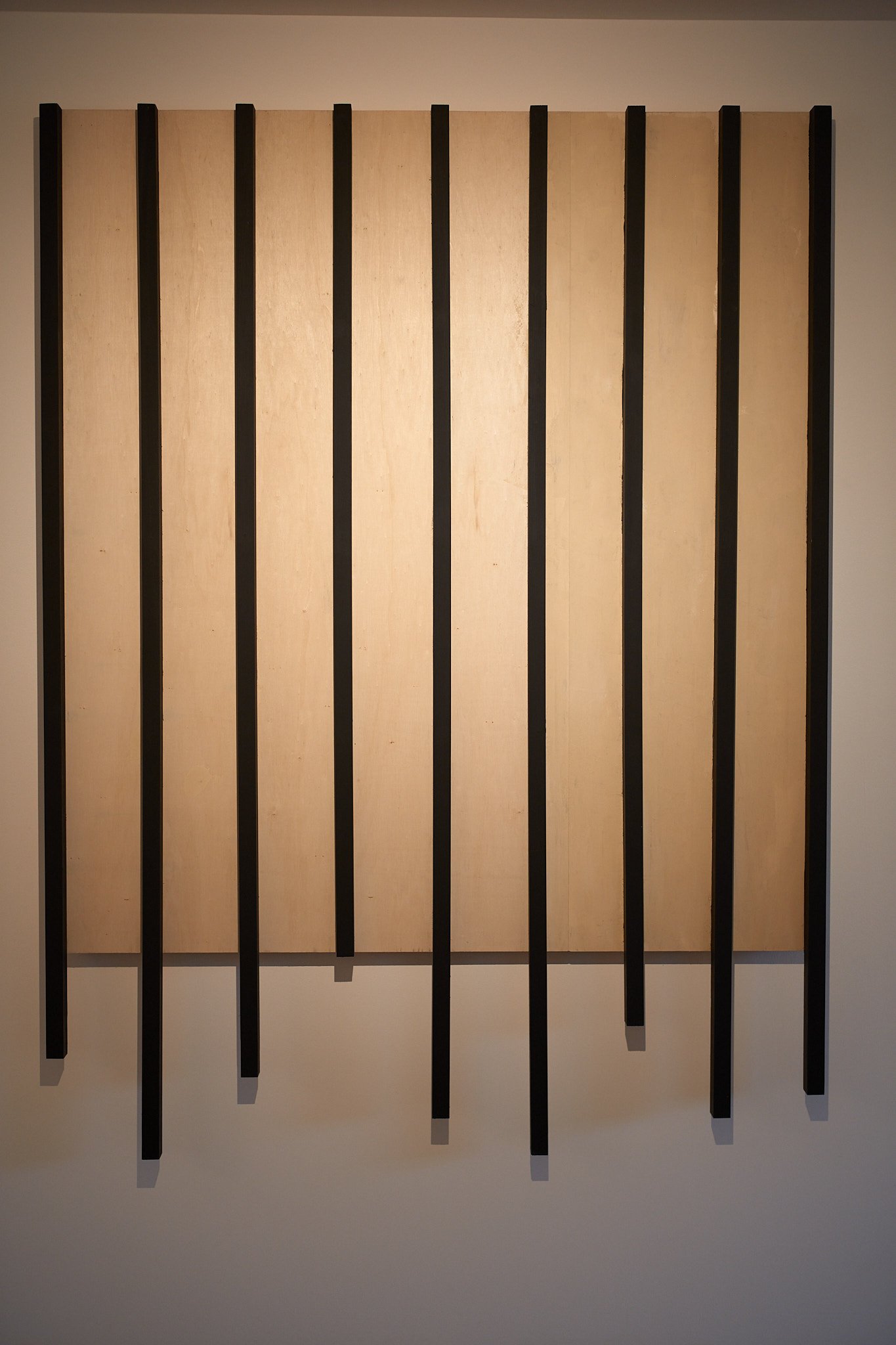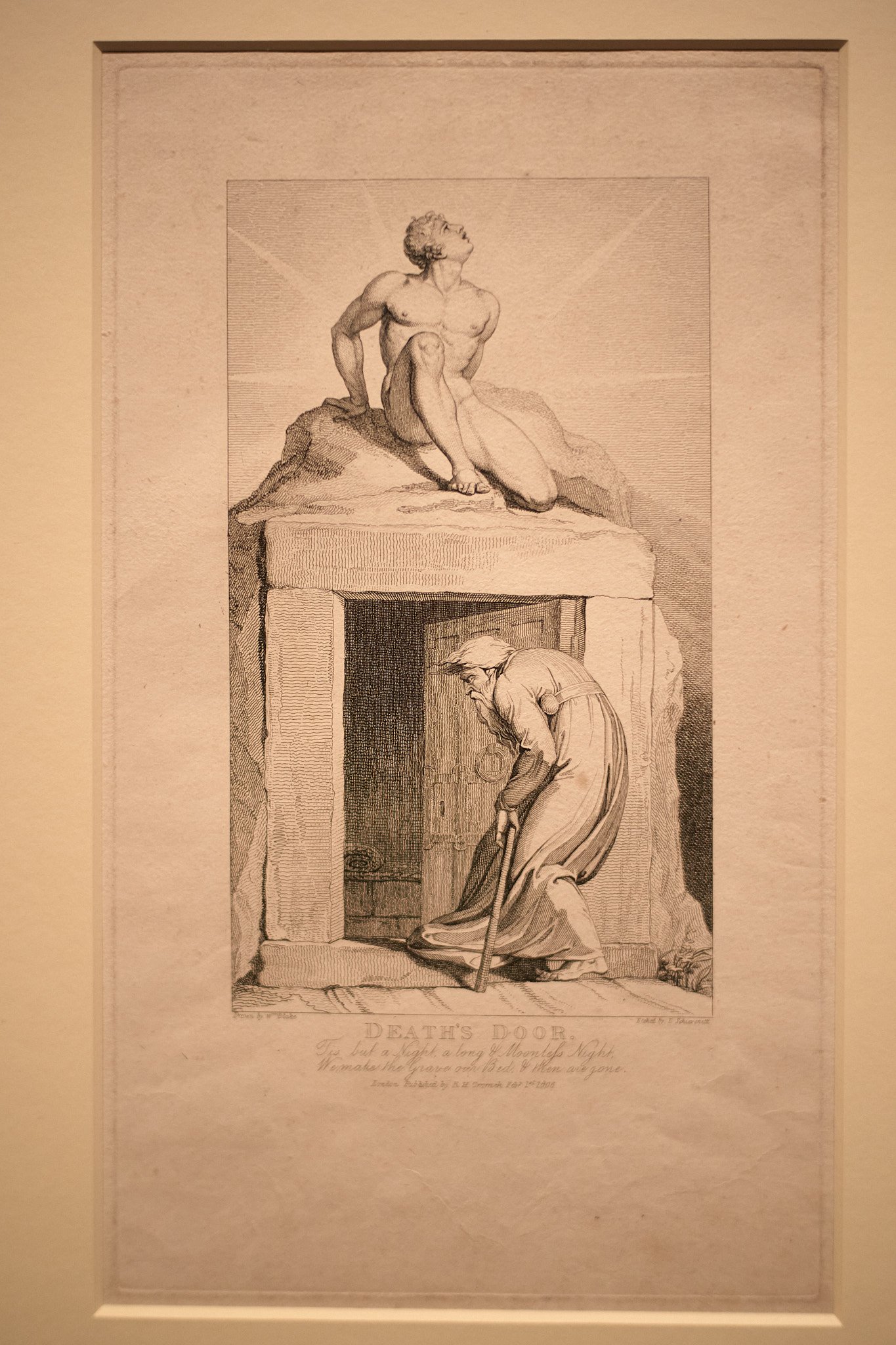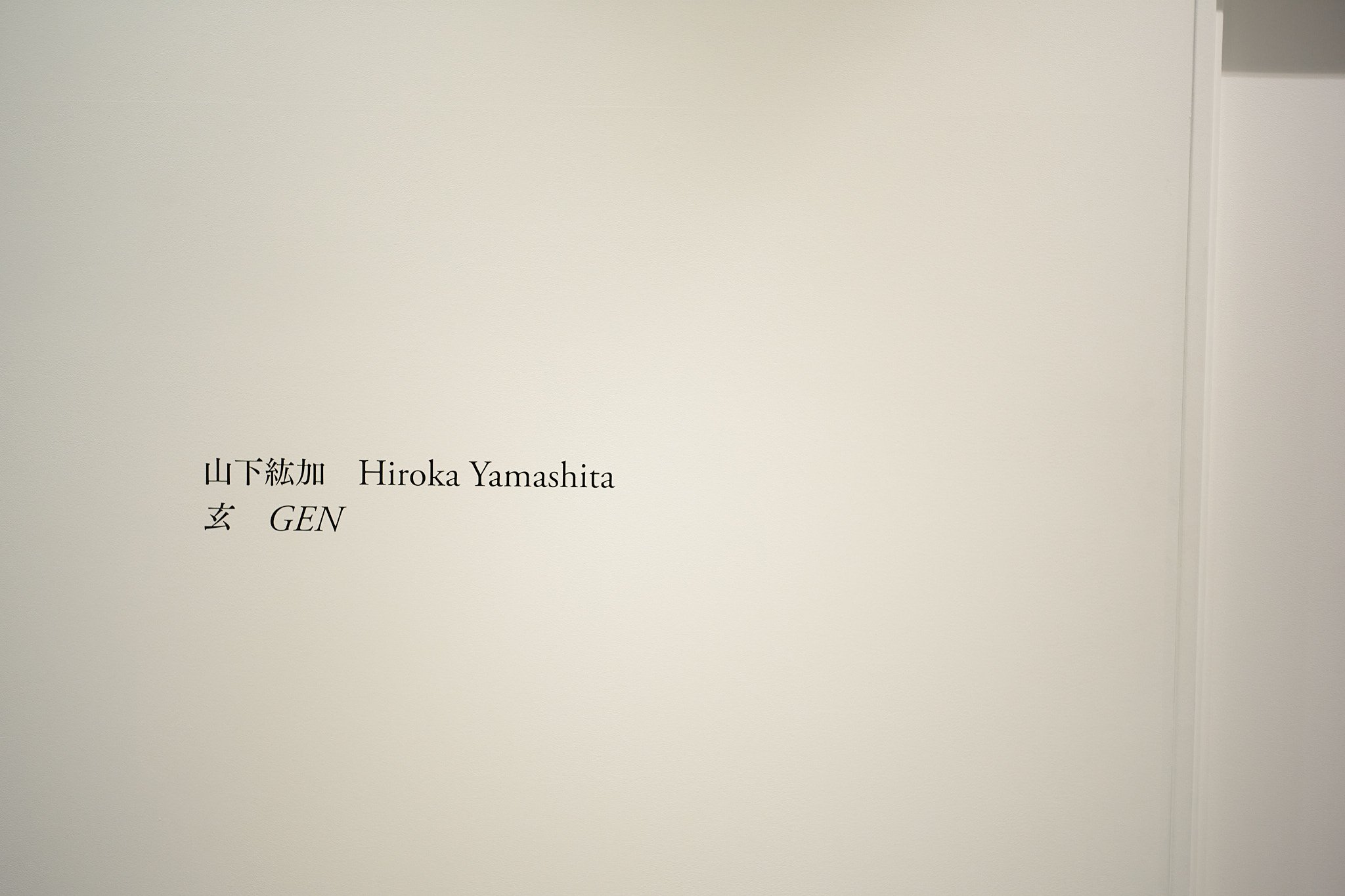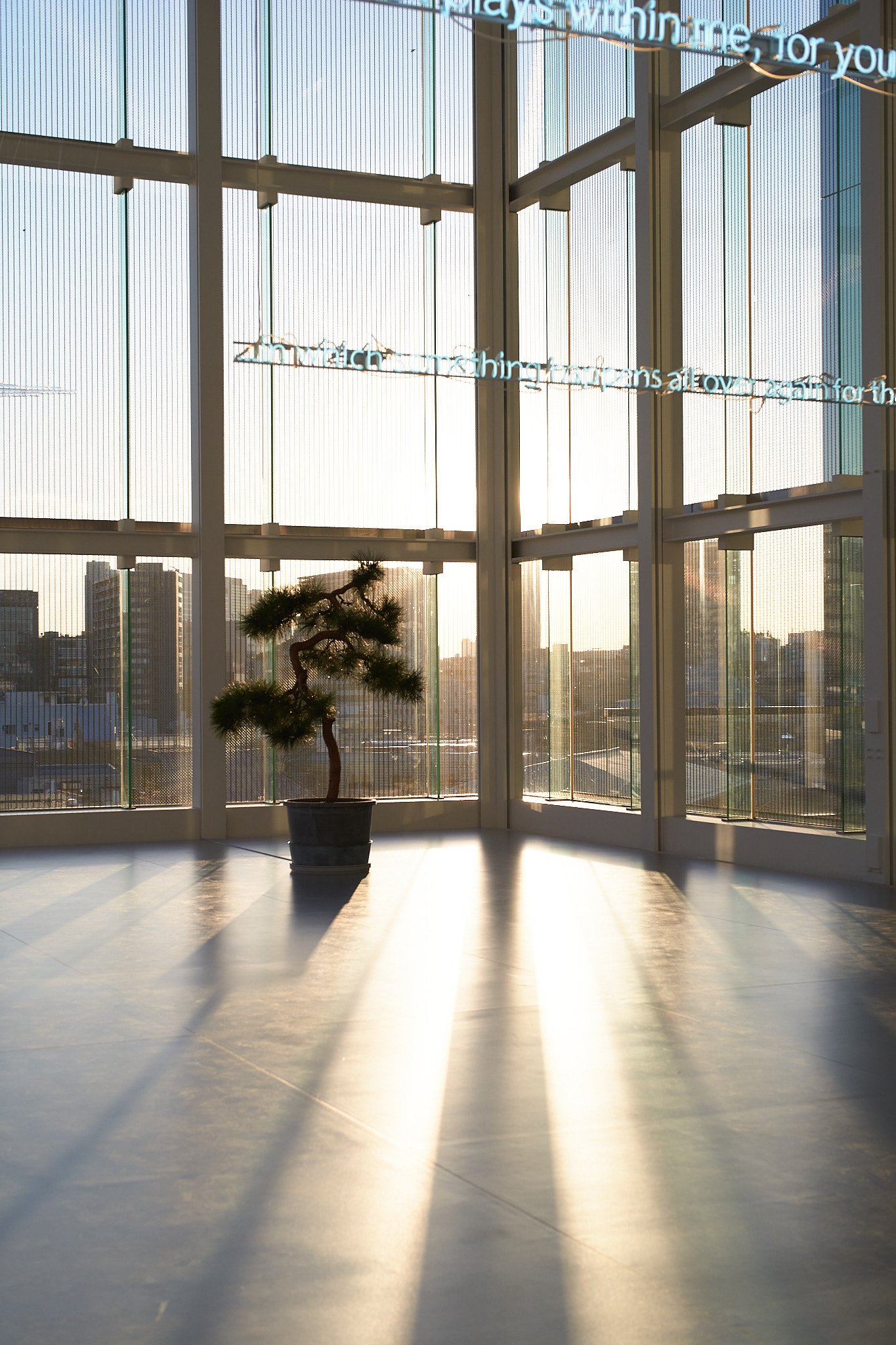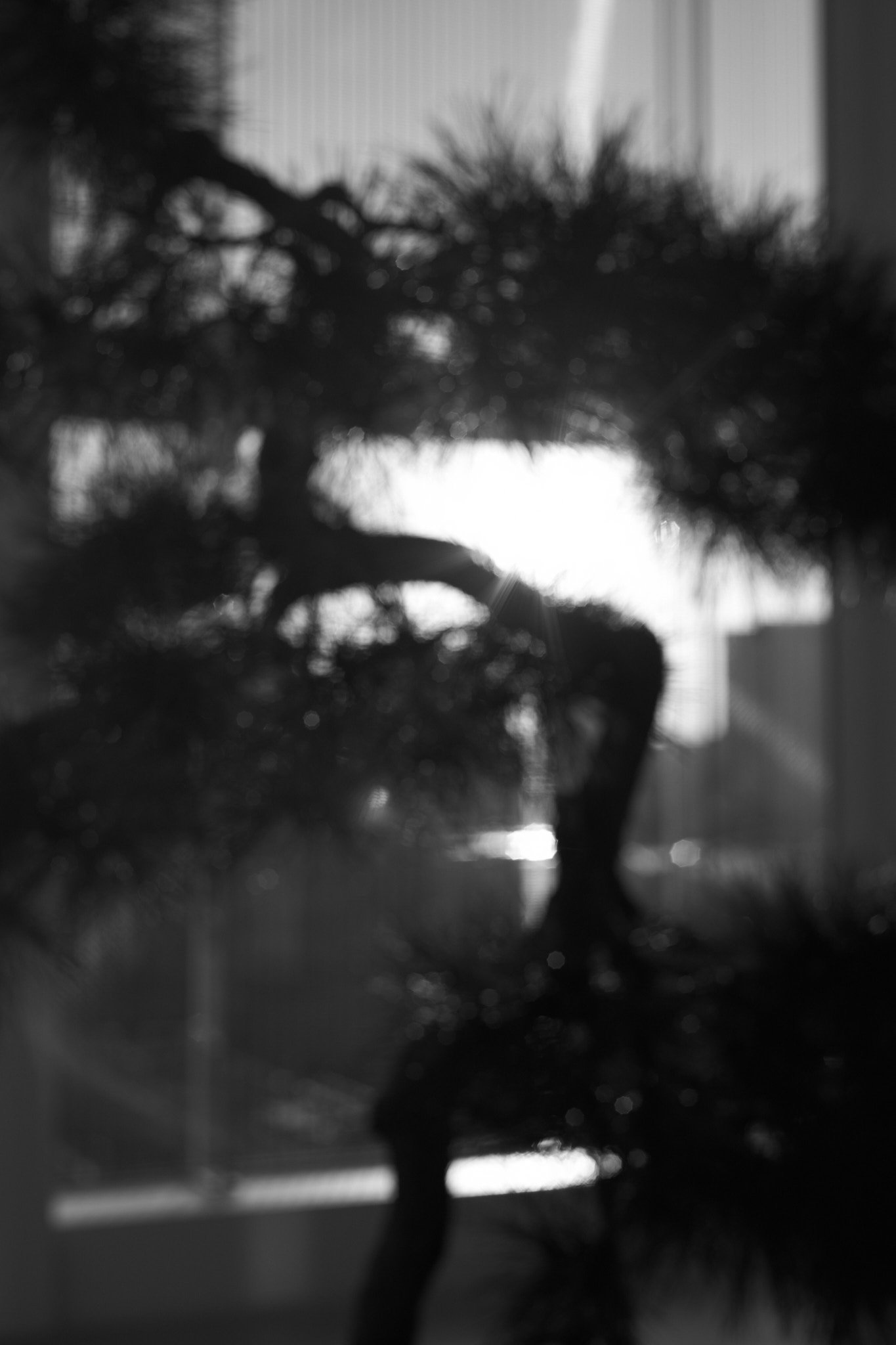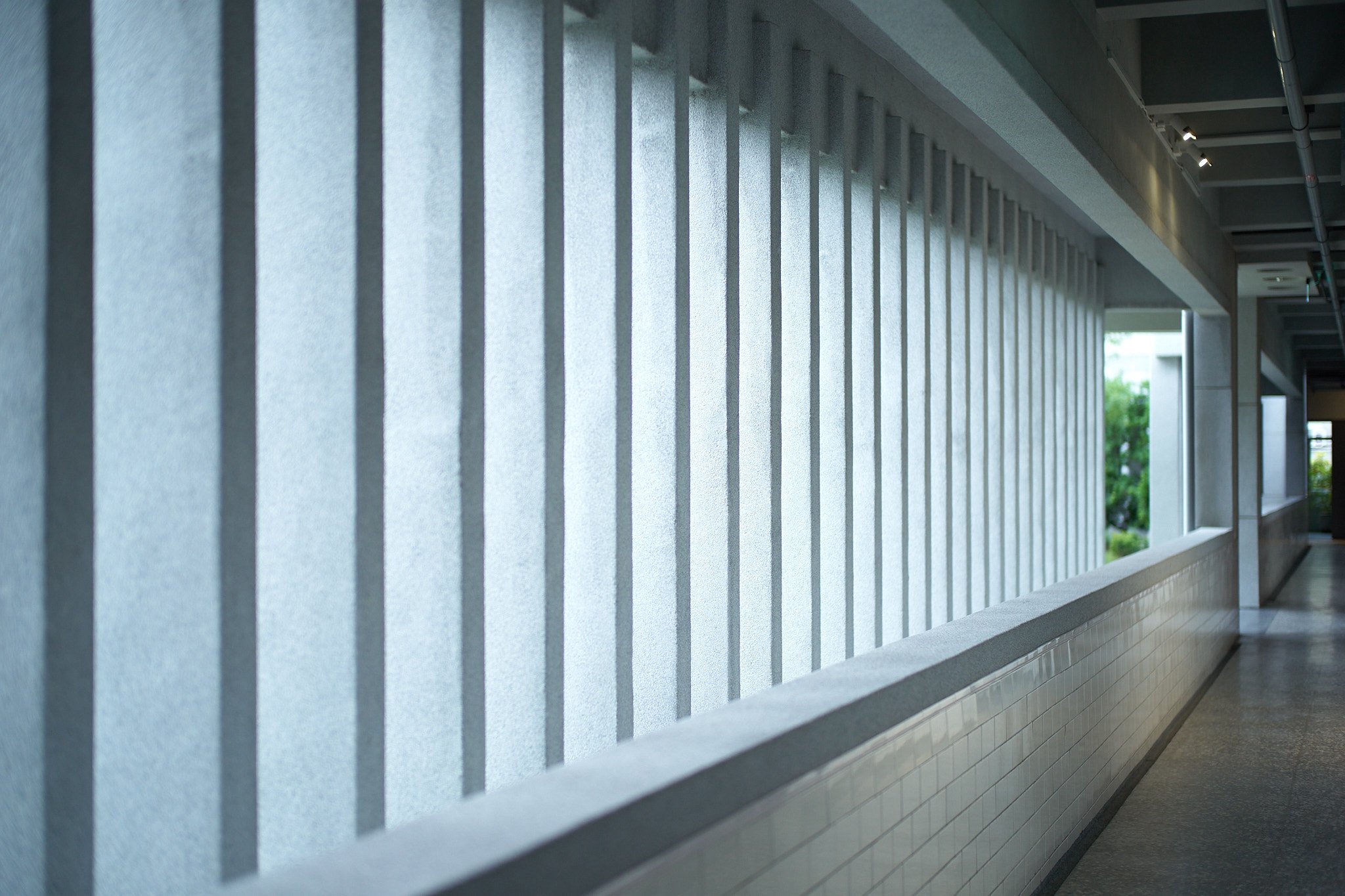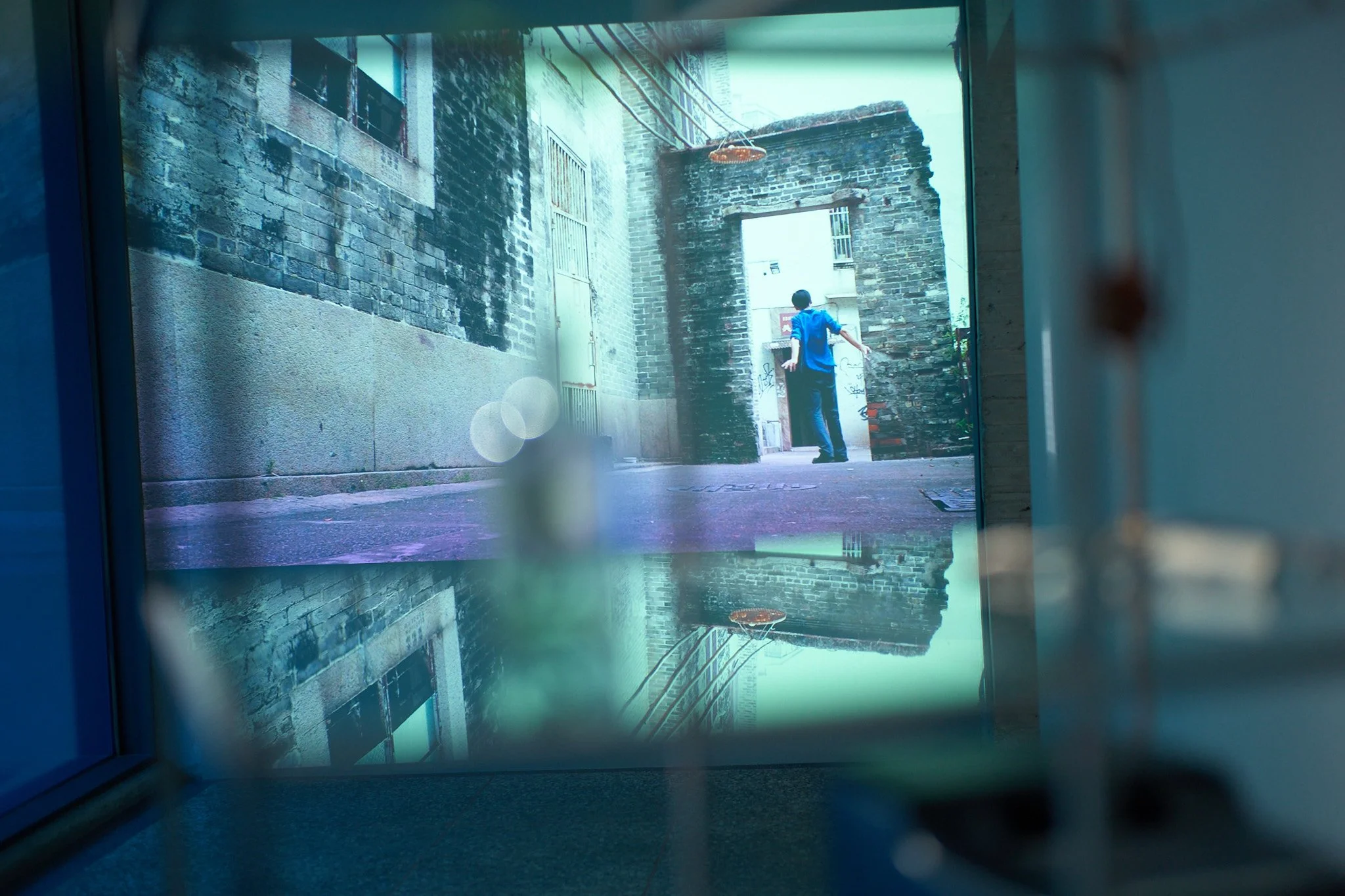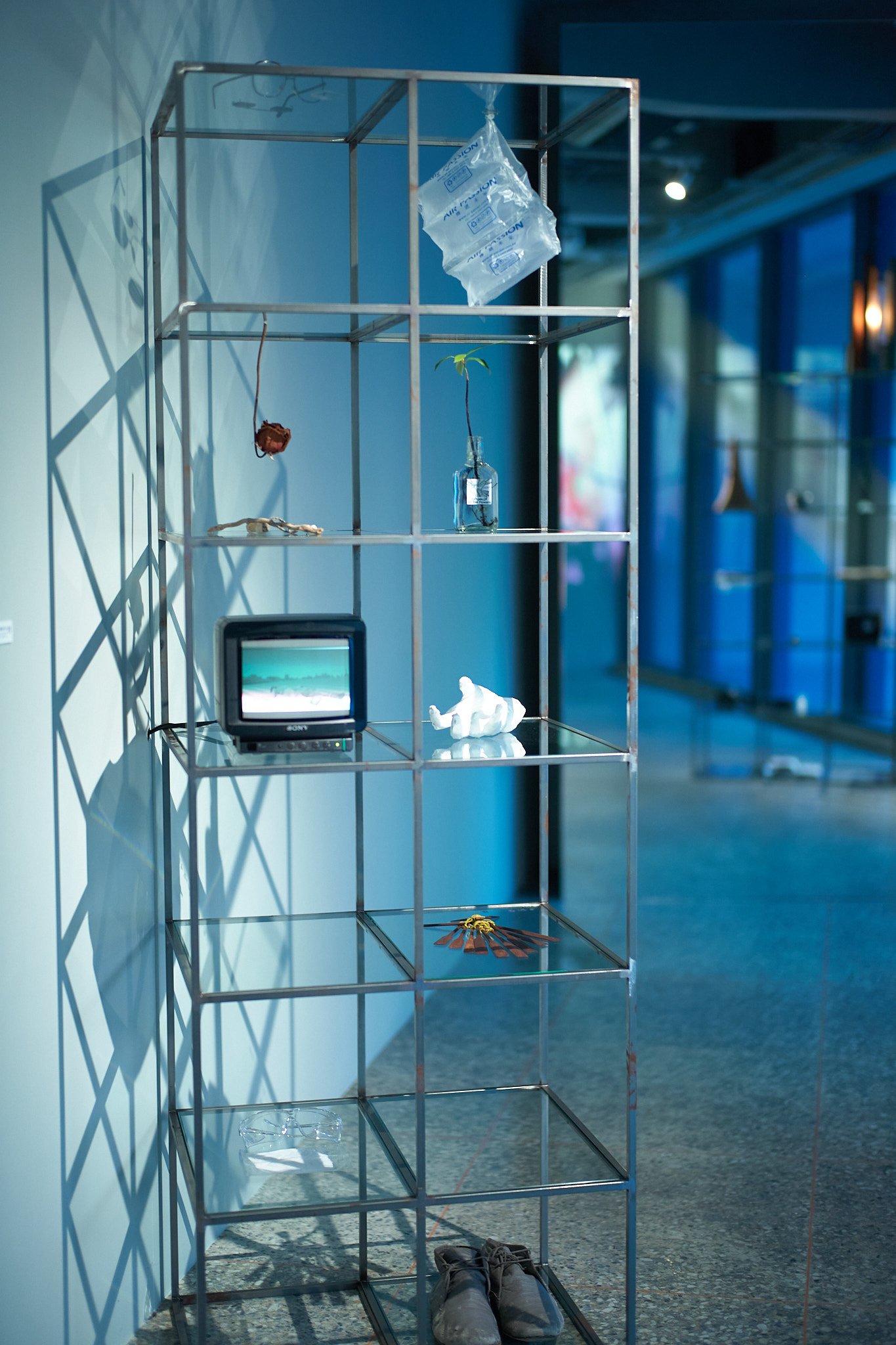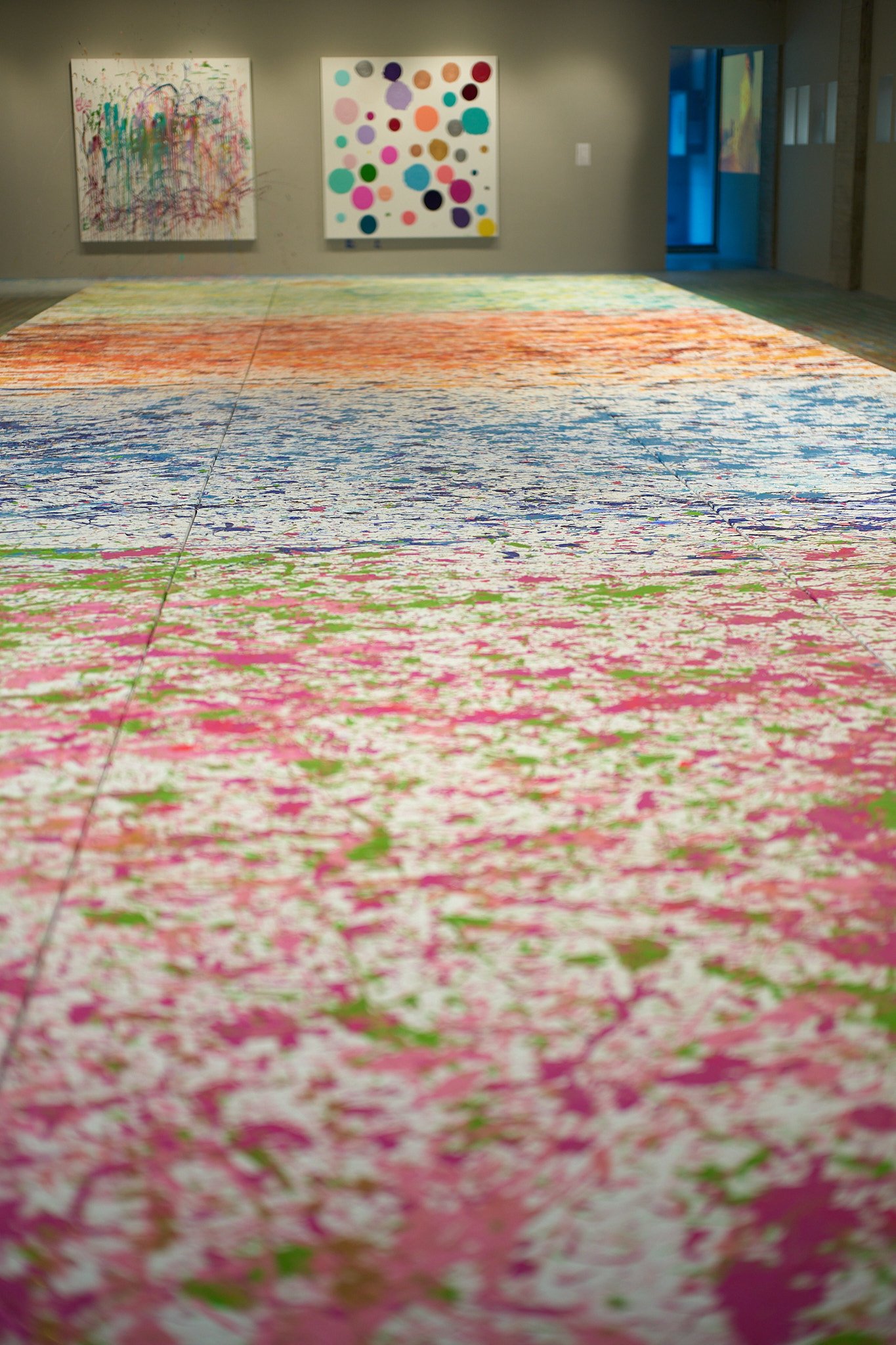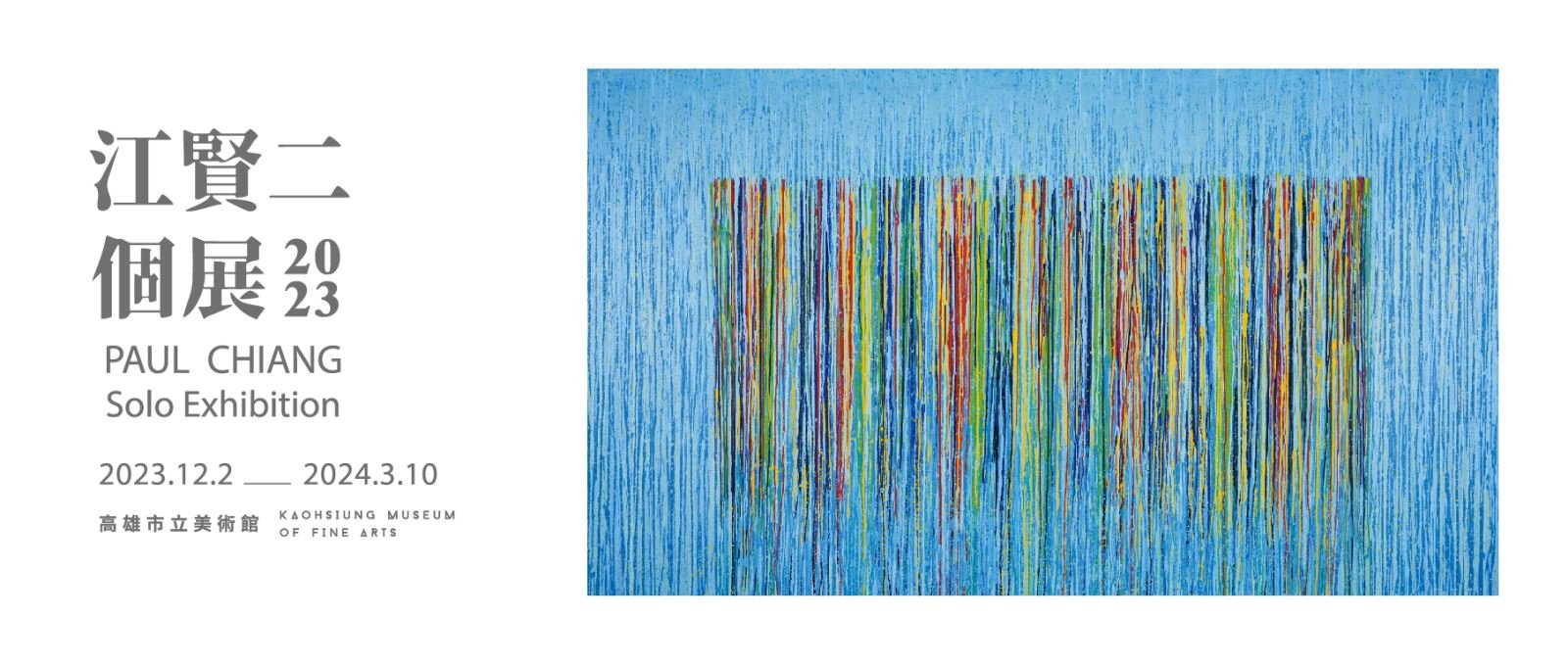Marina Perez Simão Solanaceae
The World Made Wondrous: The Dutch Collector’s Cabinet and the Politics of Possession
Thirty Years: Written with a Splash of Blood
AKADEMIE X LESSONS IN ART + LIFE - TUTOR: THOMAS LAWSON
AKADEMIE X LESSONS IN ART + LIFE
LESSON 19
TUTOR: Thomas Lawson
Page 178
Artists notice stuff - the way things come together or fall apart, the telling detail or overlooked ruin, the tell-tale gesture. To be an artist, you have to train yourself to pay attention to the world in which you live, constantly looking for clues, always aware of your surroundings. Make notes, try observational drawing or taking photographs, study how things are made. There is no one method here. The task is to find a way to notice the details that make sense to you, the details that will open your eyes to content.
William Blake
Wagner - Das Rheingold
Composed: 1854
Length: c. 150 minutes
Orchestration: piccolo, 3 flutes, 3 oboes, English horn, 3 clarinets, bass clarinet, 3 bassoons, contrabassoon, 8 horns (5th and 6th=tenor Wagner tubas, 7th and 8th=bass Wagner tubas), 3 trumpets, 3 trombones, bass trombone, contrabass trombone, tuba, 2 timpani, percussion (anvils, cymbals, hammer, tam-tam, triangle), 7 harps, strings, and vocal soloists
https://www.laphil.com/musicdb/pieces/6767/das-rheingold
William Blake, Getty Center
Hiroka Yamashita “玄 GEN” Taka Ishii Gallery
The Espace Louis Vuitton Tokyo - L>espace)(…Cerith Wyn Evans
AKADEMIE X LESSONS IN ART + LIFE - TUTOR: Chris Kraus
AKADEMIE X LESSONS IN ART + LIFE
LESSON 18
TUTOR: Chris Kraus
Page 170
Whereas modernism believed that the artist’s life held all the magic keys to reading works of art, neo-conceptualism has cooled this off and corporatized it. The artist’s own biography doesn’t matter much at all. What life? The blanker the better. The life experience of the artist, if channeled into the artwork, can only impede art’s neo-corporate, neo-Conceptual purpose. It is the biography of the institution that we want to read.
Reviewing dOCUMENTA (13) in New York Magazine, Jerry Saltz coins the term ‘Post Art’ to describe work that ‘doesn’t even see art as separate from living…things that aren’t artworks so much as they are about the drive to make things that, like ar, embed imagination in material and grasp that creativity is a cosmic force…A chemist or a general may be making Post Art every day at the office.”
From Academic Emulation toward Romantic Originality
History of Modern Art, seventh edition, H.H. Arnason Elizabeth C. Mansfield, Chapter 1, page 4
The emphasis on emulation as opposed to novelty begun to lose ground toward the end of the eighteenth century when a new weight was given to artistic invention. Increasingly, invention was linked with imagination, that is to say, with the artist’s unique vision, a vision unconstrained by academic practice and freed from the pictorial conventions that had been obeyed since the Renaissance. This new attitude underlies the aesthetic interests of Romanticism. Arising in the last years of the eighteenth century and exerting its influence well into the nineteenth, Romanticism exalted humanity's capacity for emotion. In music, literature, and the visual arts, Romanticism is typified by an insistence on subjectivity and novelty. Today, few would argue that art is the simply the consequence of creative genius. Romantic artists and theorists, however, understood art to be the expression of and individual’s will to create rather than a product of particular cultural as well as personal values. Genius, for the Romantics, was something possessed innately by the artist: It could not be learned or acquired. To express genius, then, the Romantic artist had to resist academic emulation and instead turn inward, toward making pure imagination visible. The British painter and printmaker William Blake (1757-1827) typifies this approach to creativity.
Akademie X: Lessons in Art + Life
from AKADEMIE X - LESSONS IN ART + LIFE
Tutor: Katharina Grosse
Lesson: The Artist as a Link Among other Links
how I see the world: I do not see borders - not between foreground or background, nor between the visible and the invisible. I do not perceive the world through its recognizable forms, but through its possible appearances. I see the world as it is - as illusion.
I realized that thinking is performative and therefore thoughts project space. I change the world by thinking about it in different ways and by giving space to these thoughts. Therefore I can actively create past, present and future and let them happen at the same time.
Akademie X: Lessons in Art + Life
Tutor: Dan Graham
Lesson: Art Schools at Their Best and Worst
BEST
Visiting artists: Lectures and studio visits
Class trips.
Availability of video, film and audio equipment with technicians
Practical training in areas such as graphic design.
Good libraries
WORST
The emphasis, since the 1980s, on making art as a specialist professional ‘career’ rather than as a passionate experiment.
The obsession with the artist as a future ‘art star’.
The obsession with making an academic rationale for art, a good example being the overuse of the world ‘problematize’.
Teaching only the contemporary art that is found in the art magazines in the library.
ALIEN Art Centre - Kaohsiung, Taiwan
ALIEN ART CENTRE
No. 111, Gushan 1st Rd., Gushan Dist., Kaohsiung City 804, Taiwan
/ Responsive Vision
Getulio Alviani
2023.12.02-2024.10.27
/ Video Sandbox V:Remigrate
Hu Ching Chuan
2023.11.24-2024.01.12
/ Leave a message
Wu Nien-Jen 、Shao Yung-Tien、Chou Shu-Yi、Joyce Ho、Fangyi Liu
2023.08.09-2024.09.01
/ Crossing
Kingsley Ng, Stephanie Cheung
Always On
/ Corinth Canal, The Diamond
James Turrell
Always On
Paul Chiang Solo Exhibition - Kaohsiung museum of fine arts
National Palace Museum - Taipei Taiwan

Das Rheingold - Wagner
Length: c. 150 minutes
Written: 1854
Librettist: Richard Wagner
First performance: September 22, 1869, National Theatre, Munich, Germany
Lesson: LOVER LETTER from us - Tutor: Olafur Eliasson
AKADEMIE X LESSONS IN ART + LIFE, lesson 8 - PHAIDON
…We don’t pronounce ahead of time what we think we need to know. After we do something we don’t say others should do that thing. We try to learn how to learn, so we learn where we have to go by going. We evaluate and critique ourselves along the way, and together, and always, and all ways. We invite other artists and practitioners to think and do with us. We believe in risking vulnerability and practicing in the robust discomfort of uncertainty. A shared vulnerability is important. We believe in getting out of our comfort one. We believe in an economy of effort. Of making an effort. In rejections that offer alternatives. We believe in thinking and doing, in the active imagination as an agent in the world, in shaping and being shaped by the world, in causing the world to wobble differently depending where we stand. We like the world wobbling differently.
School is not a place for a safe enclosure of lessons. School is an amplifier for the world. Lessons are not fixed ahead of time or they become rules. Dogmatic. Concrete. Belaboured. The syllabus is written after the course ends. The course is endless. The curriculum emerges out of the energy and relationships in the space and the world. It emerges out of the encounters in the world. It emerges out of the social contracts for how we negotiate and engage with each other in the world. It emerges out of questions and feelings, empathy, the politics of experimentation, perceptual awareness, the responsibility of taking risks and compassion.
A philosophy of care. It emerges out of the ecology of thoughts and ideas, being conscious that we are conscious and the felt feeling of being present. It emerges out of the question: how can art change the world?
Our school emerges out of questions of why: why make a specific artwork? Why do something one way and not the other? Why put a work in an institution? What relationships does a work empower? How does a work allow us to understand and feel the conditions and constraints through which systems squeeze the world into different forms, so that what works can touch the world? Finding our ‘whys’ helps us to prioritize content, helps us sharpen a precision with tools. Sharpening our tools helps us to collaborate with others and builds openness. Simply breathing can provide the material for a workshop. Simply breathing can be a lesson plan. Breath now. Take a deep breath. Simply breathing can help us feel an awareness of where we are and what we are doing. A pause. Break. Caesura. Everyone participating shapes the lesson, makes the lesson more, makes the lesson on.
Examples of thinking doing:
1) Go outside with the group. Walk backwards for fifteen minutes through the city. Note the change in speeds. Note what changes in who approaches.
.
4) With a group stand in a circle in public space. Laugh out loud for five minutes. If you have to, fake the laughter until you make it happen on its own.
.
11) As a group, walk very, very, very, very slowly for fifteen minutes in public. Very slowly. Like you are in slow motion. Like you are conscious of every bend and muscle. Like the air is a thick viscous plasma of breath. Feel your weight on the ground. Feel the ground pushing up against you. Feel your balance shift to imbalance. Cultivate that cusp of balance and control. Cultivate the carp out of it. Feel each part of the slow motion as it is distributed through your entire body. Don’t forget to breathe.



































































